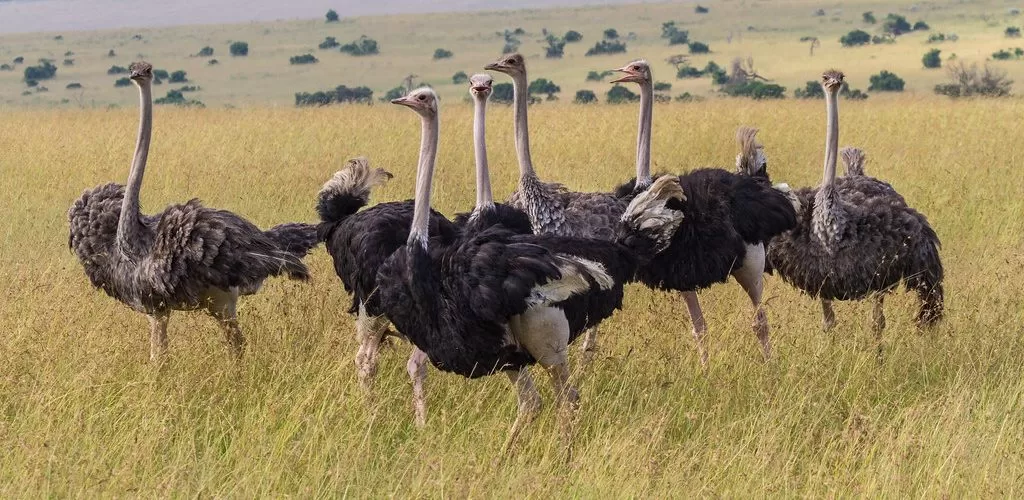Nestled in the semi-arid northeastern region of Uganda, Pian Upe Wildlife Reserve is one of the country’s best-kept secrets. Covering an area of approximately 2,275 square kilometers, it is Uganda’s second-largest protected area after Murchison Falls National Park. Despite its size and stunning biodiversity, Pian Upe remains relatively untouched, offering an off-the-beaten-path experience for travelers seeking unique wildlife encounters and unspoiled landscapes.
We explores the history, wildlife, activities, and practical tips for visiting Pian Upe Wildlife Reserve.
History and Background

The reserve, originally gazetted in 1958 as the Debasien Animal Sanctuary, was expanded in 1964 and renamed Pian Upe Wildlife Reserve. The name “Pian Upe” originates from the Karamojong pastoralists who inhabit the area, with “Pian” referring to one of their clans and “Upe” to a neighboring Kalenjin-speaking group.
While the reserve was once threatened by poaching and encroachment, conservation efforts have significantly improved its condition, making it a promising destination for eco-tourism in Uganda.
Geography and Landscape
Pian Upe is characterized by its semi-arid climate, with vast savannah grasslands dotted with acacia trees, rocky outcrops, and seasonal rivers. The reserve is bordered by Mount Kadam to the east and Mount Napak to the west, providing dramatic backdrops for exploration. The open plains and sparse vegetation make it an excellent location for game viewing.
Wildlife in Pian Upe Wildlife Reserve

Pian Upe boasts an impressive variety of flora and fauna, some of which are rare or endemic to the region.
Mammals
The reserve is home to large herds of herbivores and predators, including:
- Ungulates: Zebra, eland, hartebeest, Uganda kob, roan antelope, oribi, and Jackson’s hartebeest.
- Carnivores: Lions, leopards, cheetahs (rare), spotted hyenas, and jackals.
- Primates: Vervet monkeys and patas monkeys.
- Rare Species: Pian Upe is one of the few places in Uganda where the cheetah and the roan antelope can be spotted.
Birds

Bird enthusiasts will find Pian Upe a paradise, with over 300 bird species recorded. Notable ones include:
- Ostriches (the reserve has Uganda’s largest population of these flightless birds).
- Secretary birds.
- Abyssinian ground hornbill.
- Karamoja apalis (endemic).
- Eastern chanting goshawk.
Reptiles
The reserve is also home to various reptiles, including rock pythons, puff adders, and Nile monitors.
Activities in Pian Upe Wildlife Reserve
1. Game Drives
The open plains of Pian Upe provide perfect conditions for game viewing. Morning and evening drives are particularly rewarding, offering sightings of zebras, antelopes, and predators in action.
2. Bird Watching
With its impressive bird diversity, Pian Upe is a must-visit for avid birdwatchers. Bring binoculars to catch sight of ostriches, hornbills, and raptors.
3. Nature Walks
Guided walks allow visitors to explore the reserve’s rugged terrain and appreciate the finer details of its ecosystem, from flora to insects and smaller mammals.
4. Cultural Tours
Engage with the local Karamojong communities to learn about their pastoralist lifestyle, traditional dances, and rich cultural heritage.
5. Mountain Climbing
For adventurers, climbing Mount Kadam or Mount Napak offers breathtaking views of the reserve and beyond.
When to Visit Pian Upe Wildlife Reserve
The best time to visit Pian Upe is during the dry season (December to February and June to August) when wildlife congregates around water sources, making game viewing easier. The roads are also more accessible during this time.
However, birdwatchers may prefer the wet season (March to May and October to November) when migratory birds are present, and the landscape is lush and green.
Accommodation Options
While Pian Upe lacks luxury lodges, visitors can choose from the following options:
- Uganda Wildlife Authority Bandas: Basic but comfortable accommodation inside the reserve.
- Camping: Visitors can set up tents at designated campsites for a more immersive experience.
- Hotels in Mbale or Soroti: These towns offer mid-range and budget hotels, though they are a bit far from the reserve.
How to Get to Pian Upe Wildlife Reserve
Pian Upe is located about 8 hours by road from Kampala, making it accessible by private vehicle or arranged tours. The reserve lies along the road connecting Mbale to Moroto, making it a convenient stop for travelers heading to or from Kidepo Valley National Park.
Tips for Visiting Pian Upe
- Pack Essentials: Bring sunscreen, insect repellent, a hat, and plenty of water.
- Use a 4×4 Vehicle: The roads can be rough, especially during the rainy season.
- Hire a Guide: Local guides enhance the experience with their knowledge of the area and its wildlife.
- Plan for Self-Catering: If staying in the bandas or camping, bring your own food and cooking supplies.



